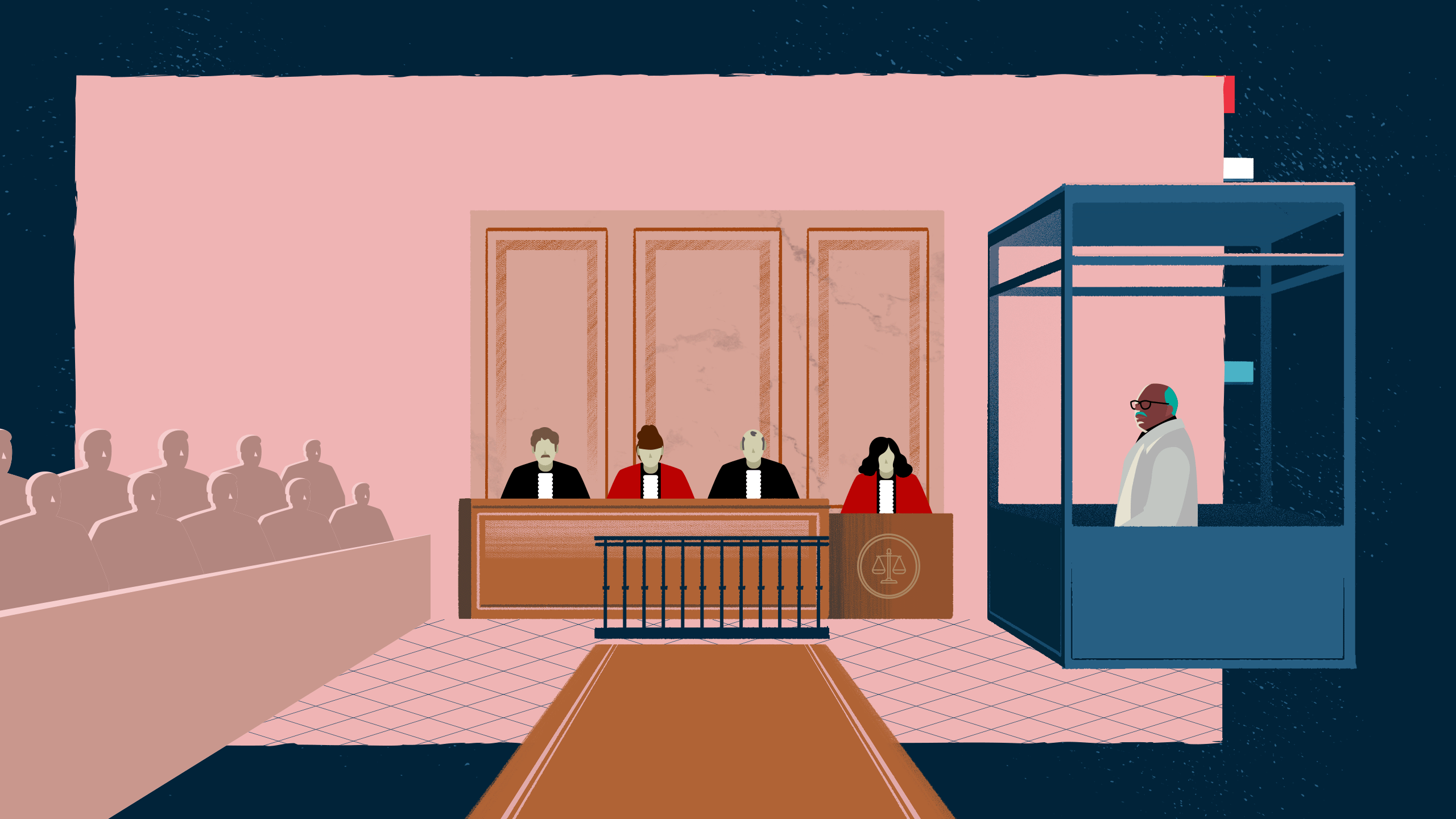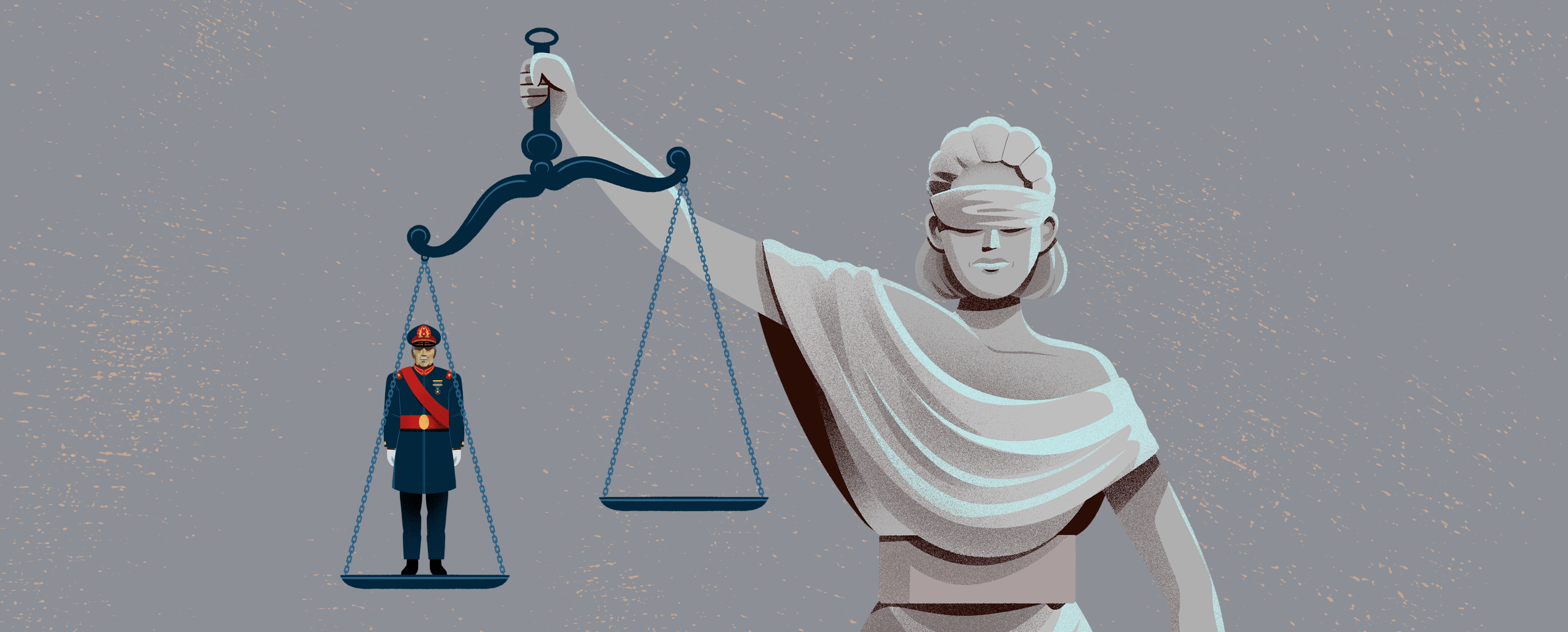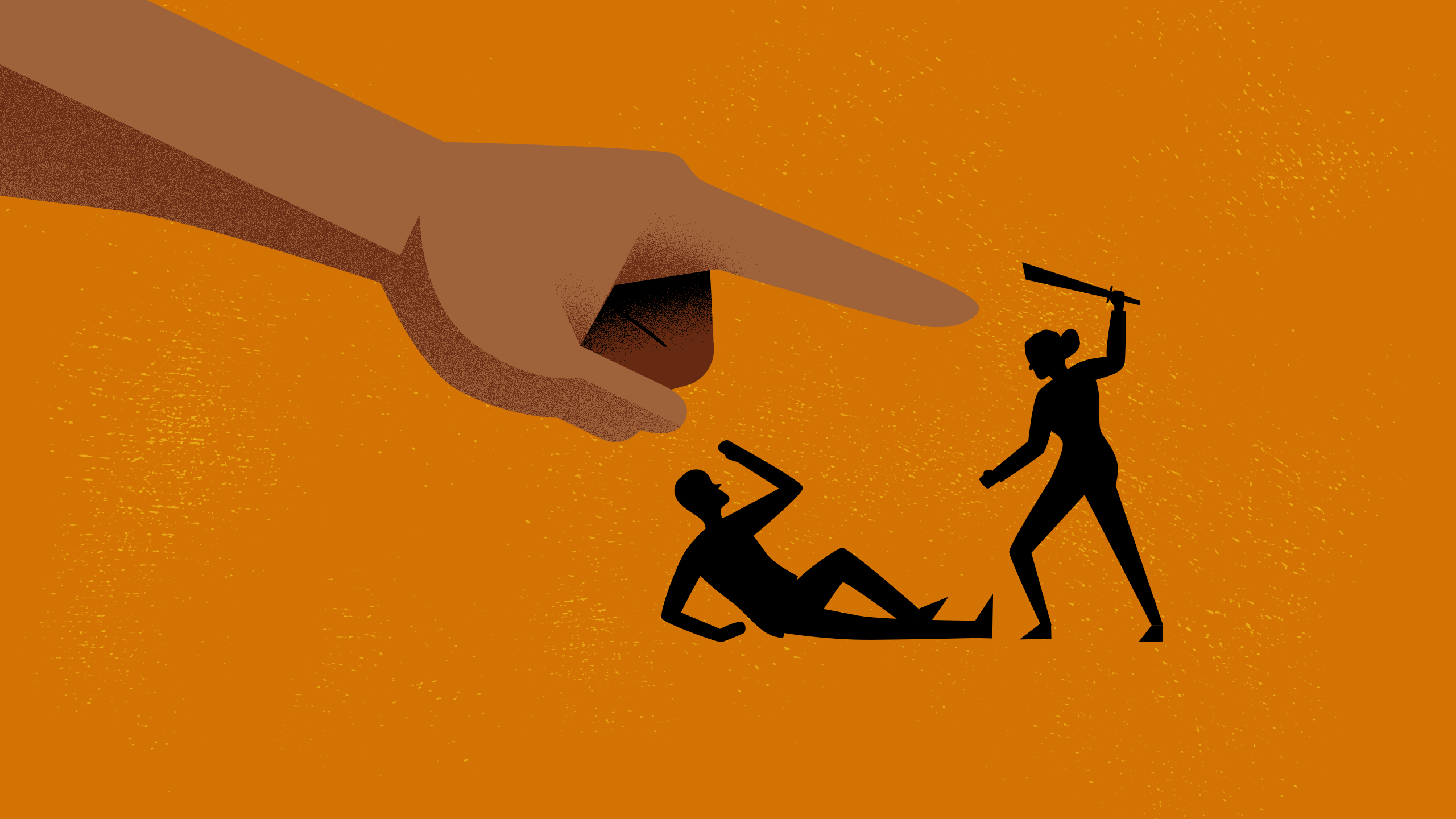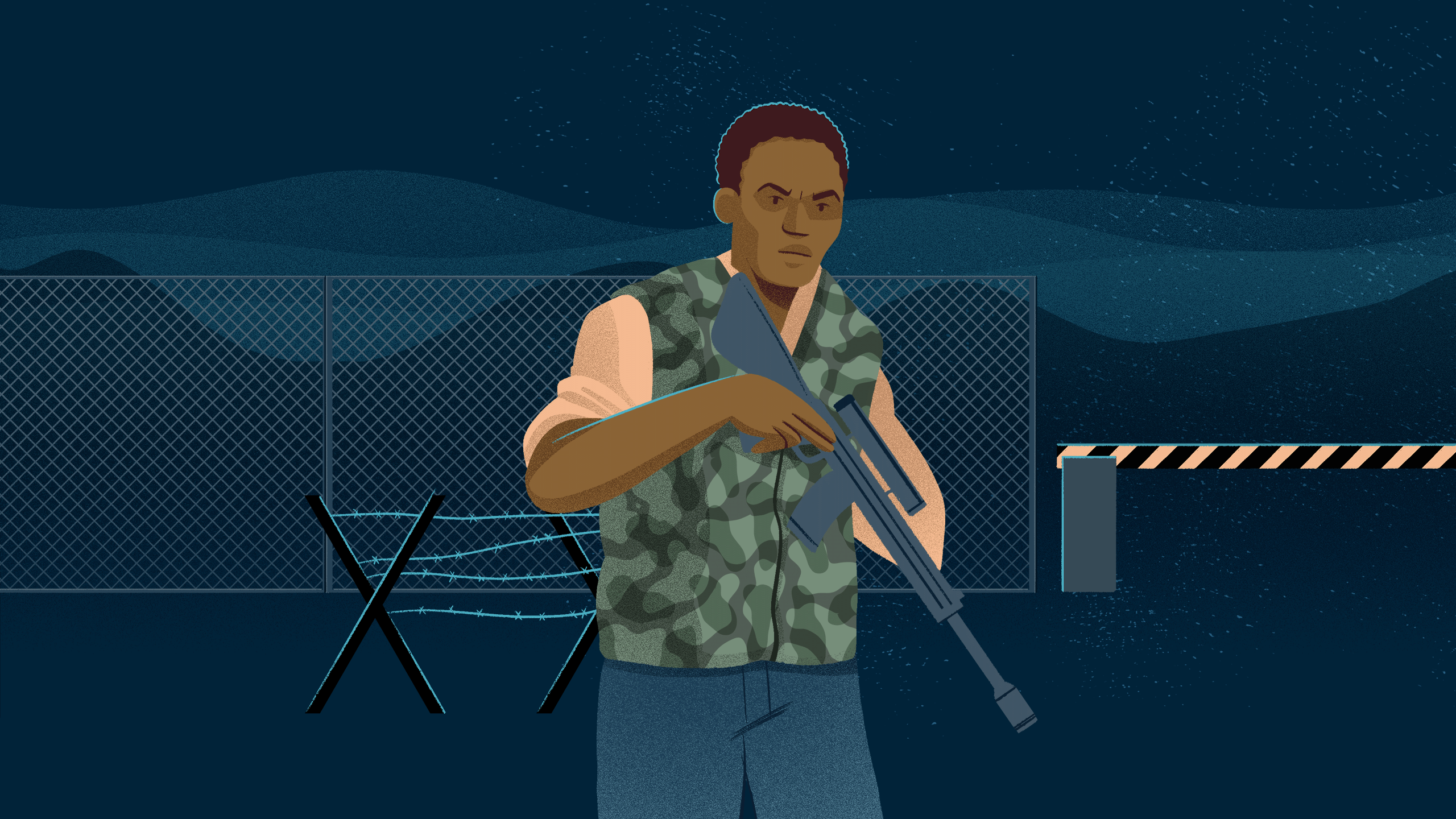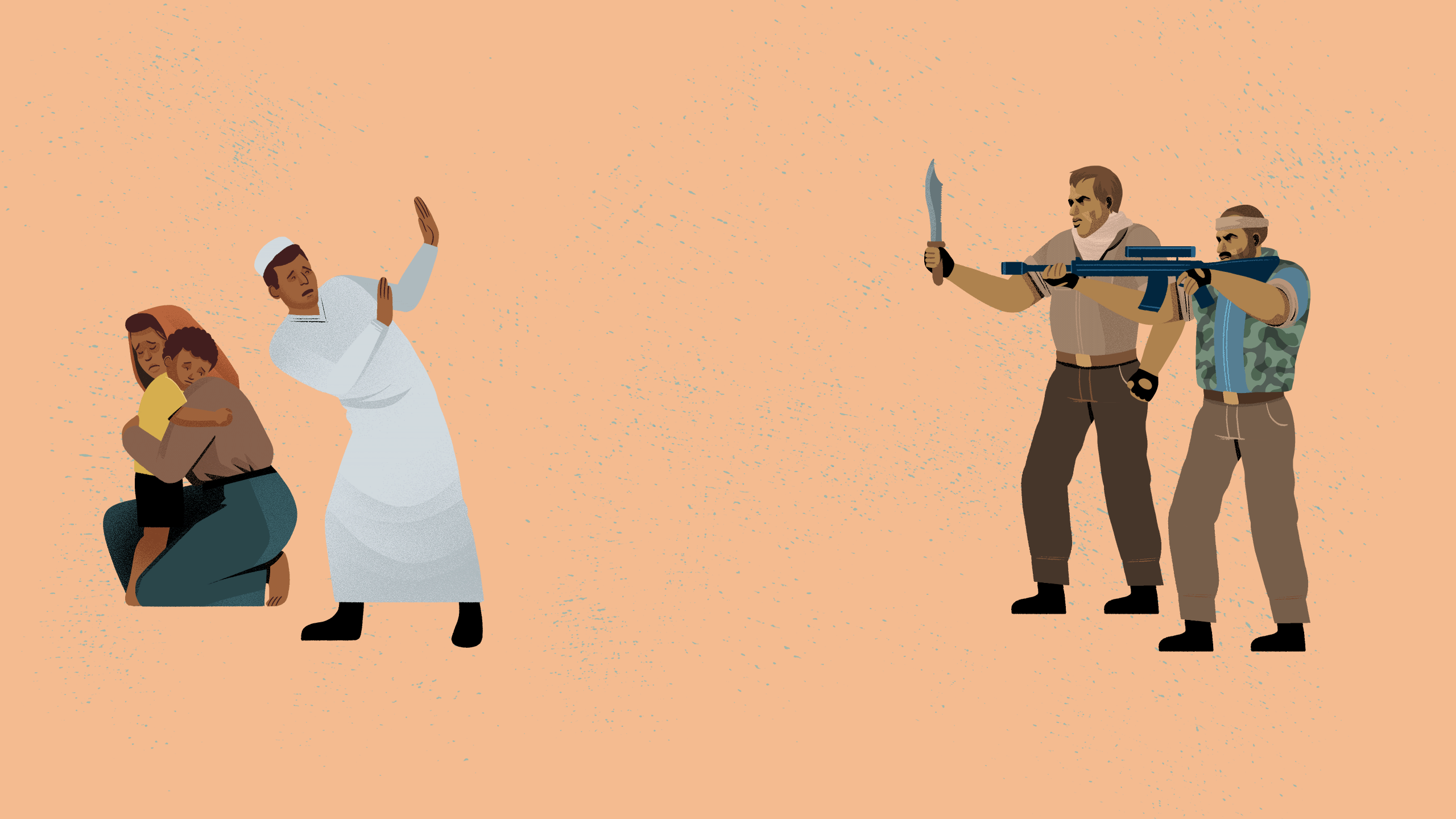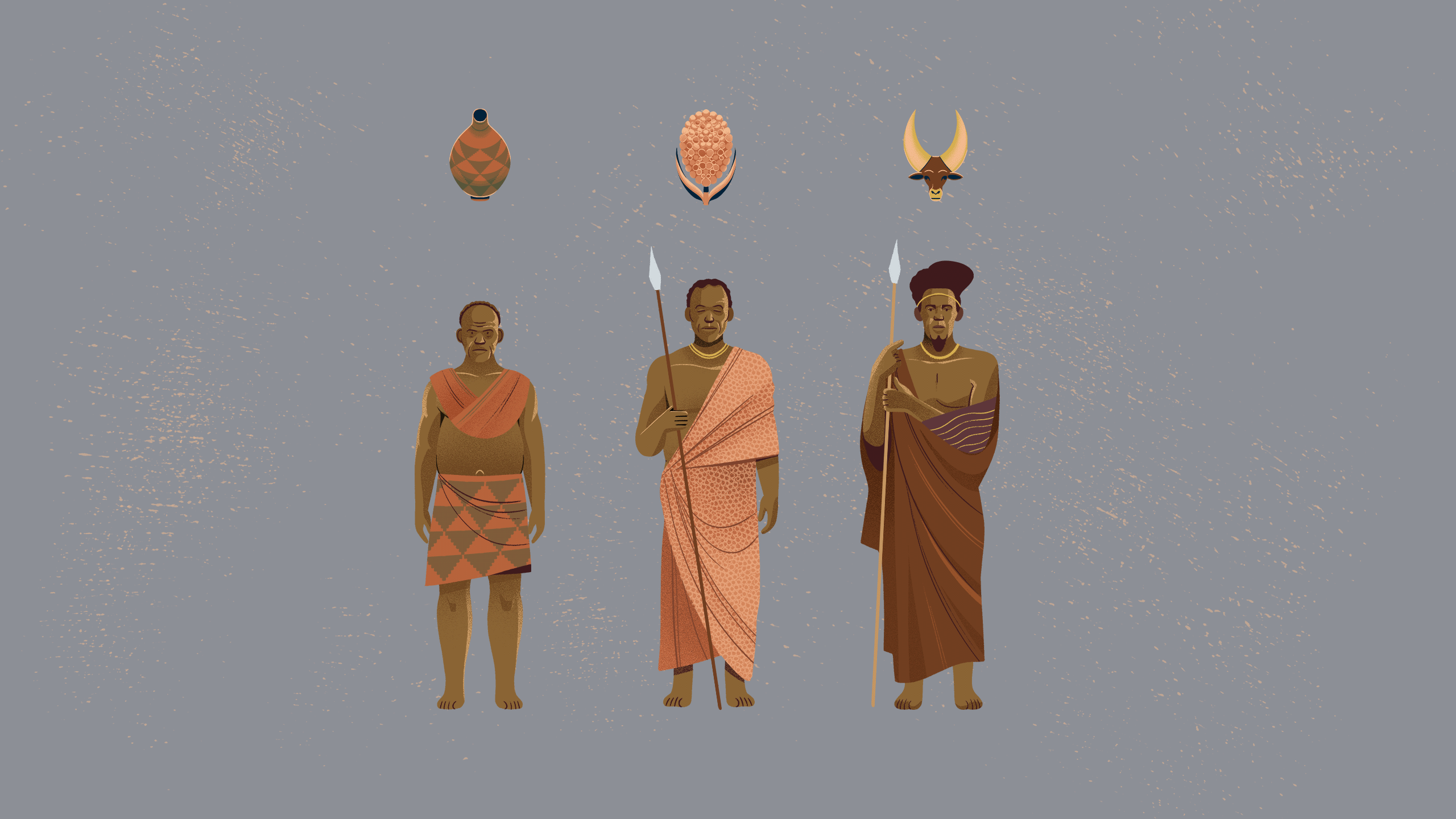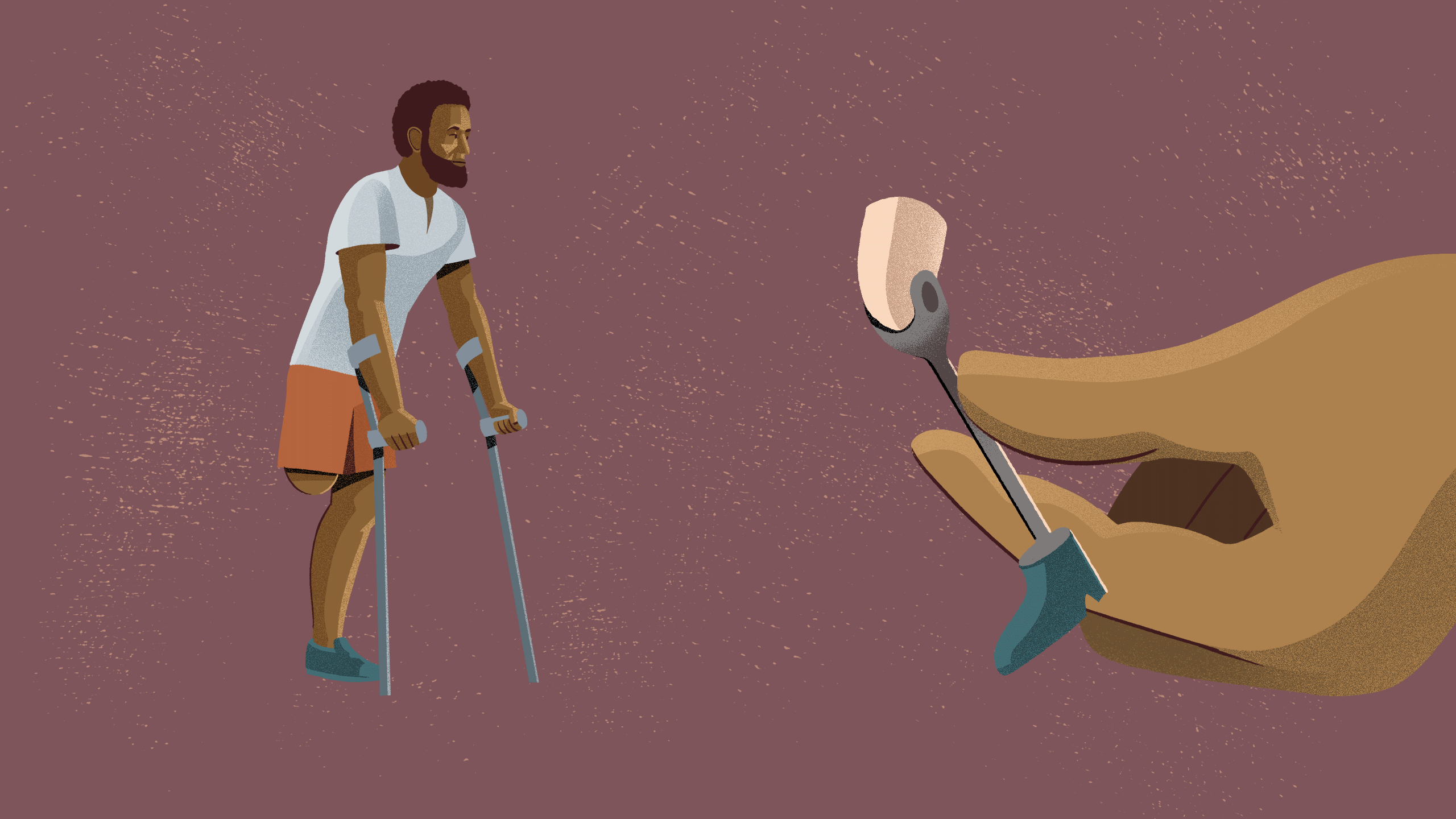RCN Justice and Democracy — 1994 in Rwanda. And then?
Animated videos to combat impunity

The RCN justice & democracy (Réseau Citoyens-Citizens Network) is an independent NGO protecting the fundamental rights recognised by the international conventions, in particular the rights to justice.
Context
RCN Justice and Democracy wanted to introduce three fundamental legal concepts that played a big role to combat impunities after the genocide of Rawanda to law students. To carry out this mission, they decided to produce a series of informed and emphatic videos.
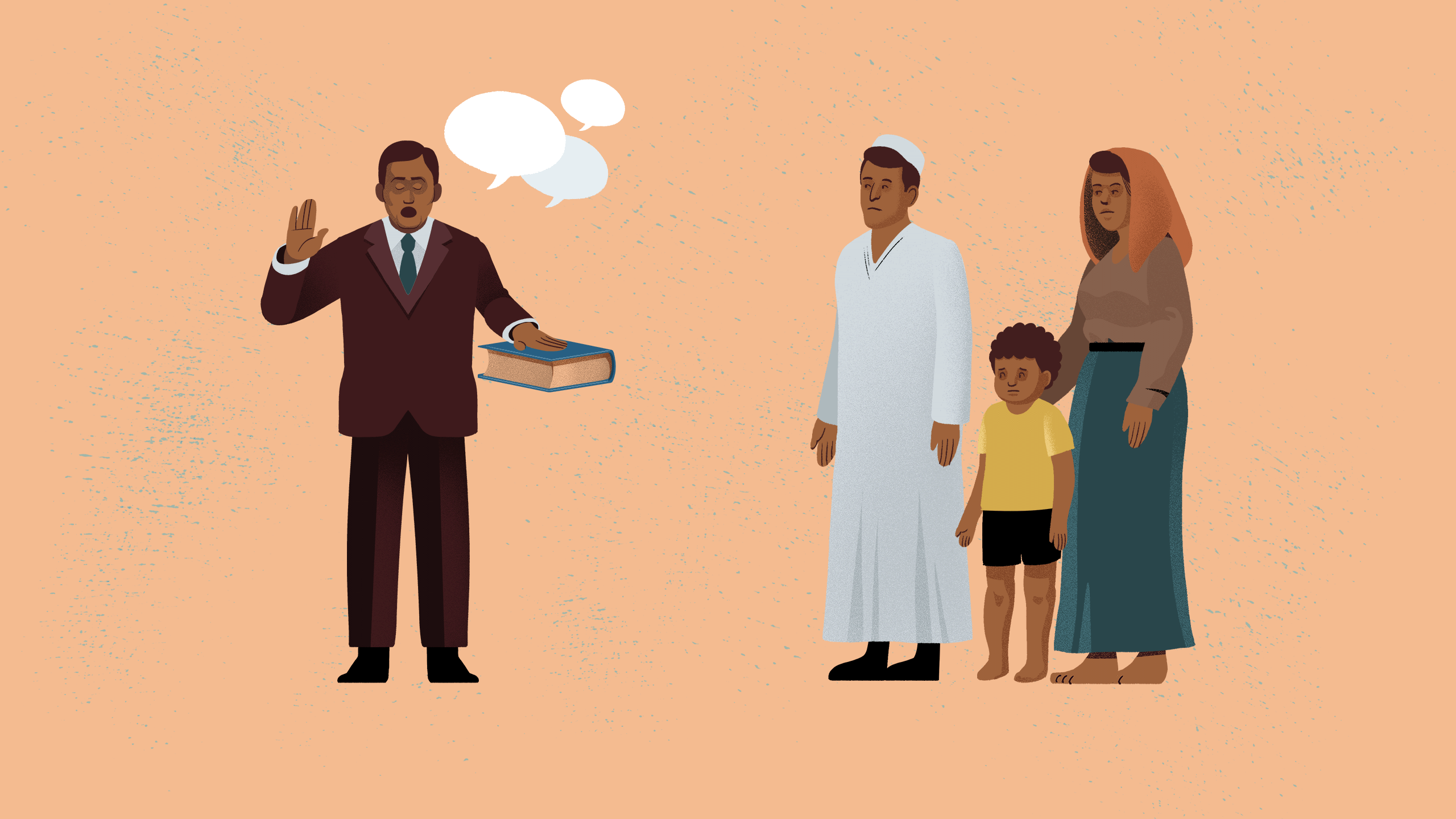
Challenge
The three videos had to focus on intricate legal and historical facts of the Rwandan genocide. The main question was how crimes, like the ones that happened in Rwanda, are judged. In particular, they had to explain the role of universal jurisdiction and transitional tribunals. Since none of us are lawyers, the first step was to read and digest all of the material RCN shared with us. Only then could we select and structure the most relevant information.
Cartoonbase recommended the videos be relatively short, to balance the quality of the information with the attention span of students. If the message was longer than 8 minutes, we would have risked losing the audience’s attention, and therefore losing effectiveness and memorability.
Approach
We have sought an illustrative style that allows us to clearly address these delicate and complex facts without hurting the audience’s sensibility.
The story mentions violence, and we did not want to minimise it. So, we based ourselves on photographs and documentaries to represent and express it with care.
For this project, the iconography was thoroughly researched. It was important that it fit into the historical, social and economic framework of Rwanda at that time. We represented the Rwandan population with their historically accurate main activities: ceramics, agriculture and breeding.
It showed in our use the allegory of justice; it could not be the Greco-Roman lady justice we are used to, but a woman of African origin, with her own cultural codes.
The colours, whilst staying sober, change according to each theme. This helped structuring and differentiating the information of the three videos.
Finally, the video clips were translated from French to Dutch and English. The issue was to keep a faithful translation while keeping the same rhythm of narration.
Impact
For RCN Justice & Democracy, this was an opportunity to address these complex issues with all the clarity and honesty that illustration brings. It helped visualise the key concepts and engage the students in a well-curated narrative to navigate the harsh facts.
By explaining them through a story, we hope that the legal ways to combat impunity were more intelligible. We look forward to the student’s feedback!
